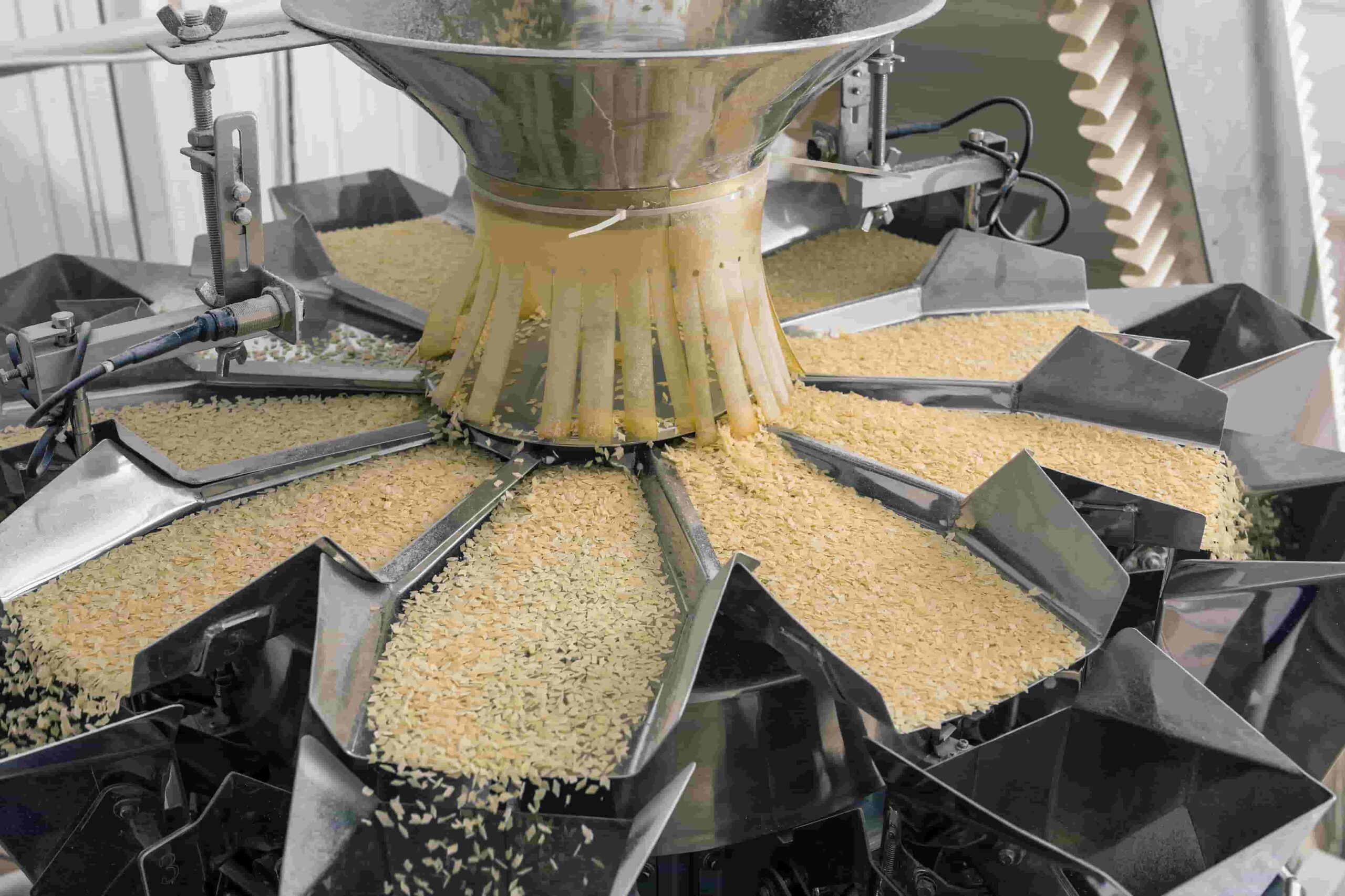
Posted on April 14th, 2023 by Carrier Vibrating
Probiotics are “live microorganisms that confer a health benefit on the host when administered in adequate amounts.” Humans have used probiotics for centuries to ferment food products such as cheese, yogurt, bread, and wine. But it has only recently been embraced as a health supplement.
In the pet food industry, “probiotics” is commonly called “direct-fed microbial,” or DFM. This is because they are functional ingredients proven to positively affect the gastrointestinal health and immunity of pets like dogs and cats.
Selecting the Right Probiotic Strain
The health benefits of each probiotic strain depend on their presence in sufficient numbers in the host’s bowel and their metabolic properties. The pet food manufacturing processes, which are developed to enhance food safety and shelf life, are unfavorable to the survival of DFM. Thus, selecting the right probiotic strain is critical for pet food manufacturing.
The criteria for selecting the right probiotic strain in pet foods include verifying its compositional analysis, survival potential, toxicity, and whether it causes adverse health effects on pets.
Meeting these criteria is essential for a probiotic strain to get approval from regulatory bodies like the Association of American Feed Control Officials (AAFCO) and the Food and Drug Administration (FDA) for use in companion animal feeds.
Today, more than 40 bacterial species have been approved for probiotic use in pet foods. Among them, the most commonly used ones are the strains of Lactobacillus and Bifidobacterium.
Methods for Selecting the Best Probiotic Strain
The selection of the right probiotic strain is not enough to guarantee the survival potential of probiotic strains in pet foods. They must survive the manufacturing, retail distribution, and even storage conditions at the consumers’ places.
Hence, additional processes such as microencapsulation and freeze drying must be considered for the survival of DFM throughout the pet foods’ expected shelf life.
Microencapsulation: During this process, probiotic cells are physically covered with approved encapsulation materials like polysaccharides, proteins, lipids, or synthetic polymers to protect them from adverse external conditions. Spray-drying is the most common method of microencapsulation for large-scale pet food production. This process involves blending probiotic cells into a liquid polymer solution and vaporizing the solvent (commonly water) to create dried microcapsules.
Freeze drying: Freeze-drying or lyophilization works contrary to most pet food manufacturing processes like thermal processing, baking, and extrusion cooking, which reduce the survival potential of probiotic strains. The process involves dehydrating direct-fed microbial by freezing them and removing water from them under low pressure. Freeze-drying improves the shelf life and increases the convenience of transporting pet foods.
Why Vibratory Equipment Matters
Recent studies show that pet ownership is rising in the US, and pet owners have begun to understand that probiotics are vital for their furry friends’ health. This situation demands innovative pet food manufacturing processes, and vibratory equipment can play a significant role.
Carrier Vibrating Equipment offers various types of vibratory equipment for the pet food industry, including feeders, conveyors, screeners, dryers, and coolers. Our vibrating feeders are designed to provide cost-efficient conveying of bulk materials with an easily controllable feed rate.
Contact us to learn how we can help you with custom pet food manufacturing processes.






